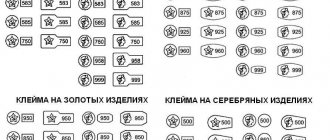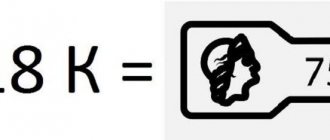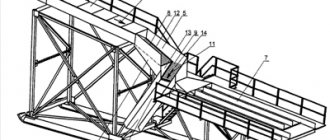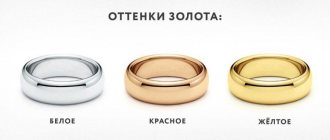Perhaps one of the most desirable finds for a treasure hunter is gold. Of course, for an amateur archaeologist, products with history are valuable - the older they are, the more valuable. For the average digger, modern jewelry is better - it has a higher standard. And there is a completely separate clan of native gold miners. Since 2017, the ban on private gold mining has been lifted in Russia, and no one is prohibited from walking around their site using a metal detector for gold.
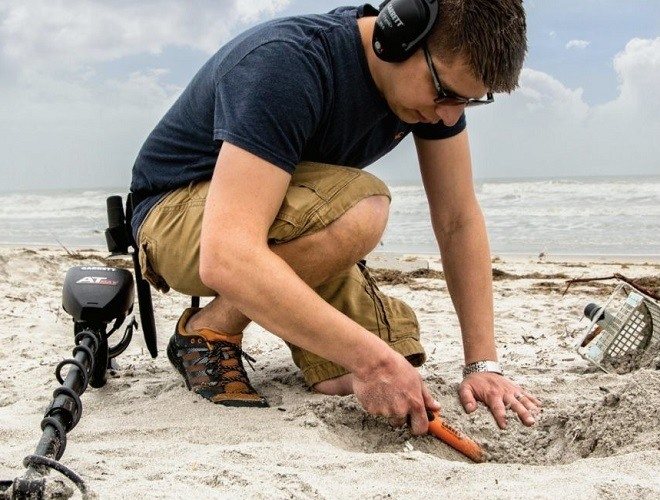
What is a metal detector and why is it needed?
A modern metal detector is a device that determines the presence of metal objects of different chemical composition and size in the ground, in water - in general, in any underlying surface.
Design and principle of operation
Instrumental search is based on the principle of recording a reflected signal. This is roughly how an echo sounder works - it sends out a sound wave that is reflected from the bottom, grass, fish and paints a picture of the underwater world. The metal detector emits radio waves and, based on the nature of the response signal, determines whether there is metal under the search detector.

So, for the metal detector to work, you need two antennas - transmitting and receiving. In metal detectors that are built according to the VLF - Very Low Frequency and PI - Pulse Induction schemes, these antennas are usually combined in one detector, which is traditionally called a coil (for round detectors with a diameter of up to a meter) or a frame (for square detectors with a side of 80 cm or more ). These metal detectors require coil displacement - the signal is emitted in one place in space and received in another. That's why they wave them, much like a mower with a scythe.

A metal detector made according to the RF - Radio Frequency scheme is usually characterized by two coils spaced one and a half meters apart from each other. Although, other designs are also possible. This metal detector does not need to be moved to operate.
There is another type of metal detector - pinpointers. From English pinpointer. Pin - pin, pointer - pointer. That is a very accurate pointer. Its operating principle is based on recording the interruption or change of eddy currents by a metal object.
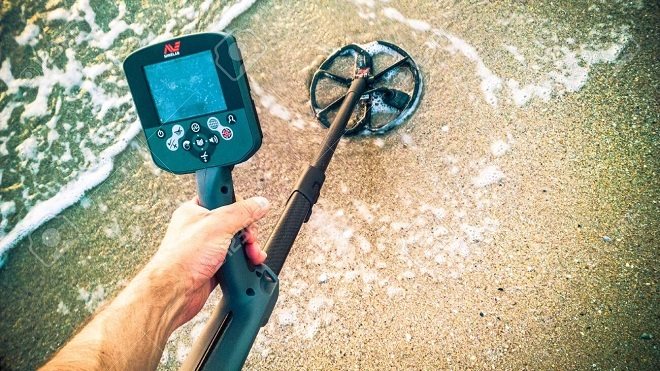
Advantages and disadvantages
Each scheme has its pros and cons. VLF is suitable for searching for small objects; when using it, discrimination is possible - excluding objects with a certain conductivity and/or inductance from the search. This is a huge advantage over other schemes. But the downside is the depth. Such metal detectors see coins at a depth of up to 60 cm - an outstanding result, available, for example, to such devices as the Rutus Alter 71 or Rutus Argo NE - probably the best devices at the moment for searching for coins and gold. An object such as a helmet - a meter, a barrel, a potbelly stove, a car - up to 3 meters, but this is also an outstanding result, which is not available to all devices.
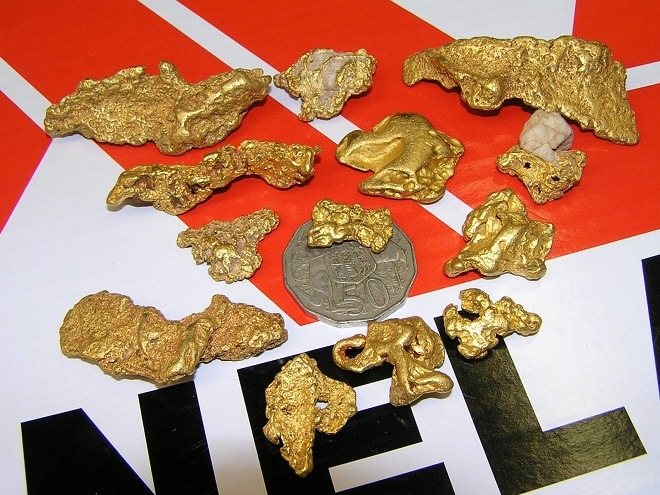
PI also has the ability to discriminate, but this is, in principle, discrimination based on size rather than conductivity. Depth is a plus.
RF has no discrimination at all and rings everything that falls under the coil. But it also sees deeper than VLF. RF often does not respond to small objects; on the contrary, such a metal detector is weaned from ringing for small things, because its area of application is searching for large metals. For example, pipeline routing.
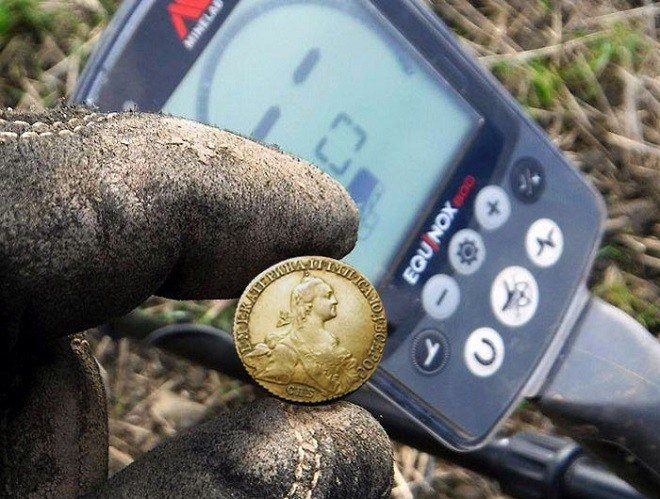
Can any metal detector see gold?
The answer is negative. Gold is seen by VLF and PI metal detectors. RF, in principle, rings for everything, but does not see small things.
It’s better to use PI where nothing else will ring except gold and silver - but these are some ideal soils.
For everything else - VLF. If we want to look for gold, and silver, and horse meat, and coins - for advice and an empire, and to go through the war, and through the old days - there are practically no alternatives. There are additions in the form of depth explorers based on the PI principle. But definitely not a complete replacement.
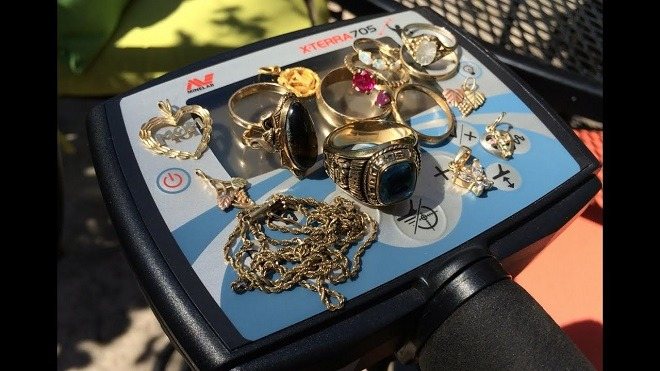
Viking treasure in Scotland.
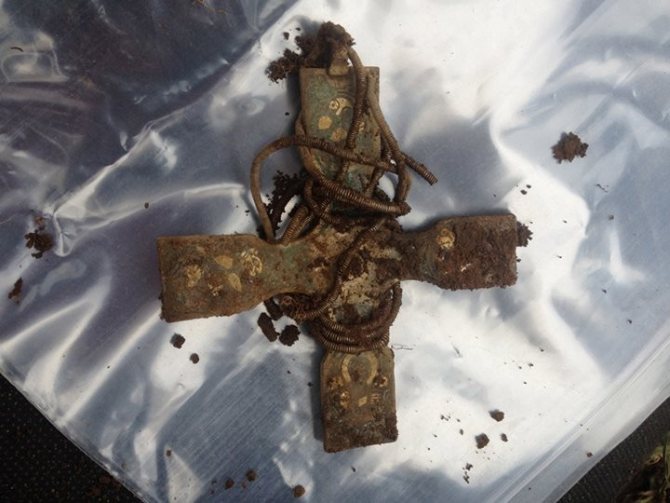
0
See all photos in the gallery
This find once again confirms that even an ordinary amateur can be lucky. Former businessman and now an ordinary pensioner, Derek McLennan was doing his favorite pastime - looking for treasures in the south of Scotland, when he came across a real Viking treasure of gold and silver objects. In total there are more than a hundred items - a 9th century cross made of pure silver, a silver pot, silver cups with engravings in the form of animals, gold bars, all from the time of the Roman Empire. This treasure was declared in absentia the most significant treasure in Scotland. Its cost is approximately estimated at six figures. This is not McLaren's first find - last year at the same place he found about 300 coins from the Middle Ages.
Types of metal detectors for gold and their specifics
VLF metal detectors are usually used to search for jewelry. Where do people lose jewelry if it’s not their own apartment? That's right, most often on the beaches. Hence the specificity that manufacturers sometimes reflect in their names.
Beach
Designed for searching on fresh and salty beaches. The requirements for such a metal detector are a waterproof coil and decent ground adjustment. The fact is that the more the soil is mineralized - and a salty beach is mineralized by all means - the more the soil itself affects the search, making it more difficult. And the metal detector must be able to distinguish the signal from the ground from the signal from the cherished target - gold and silver.
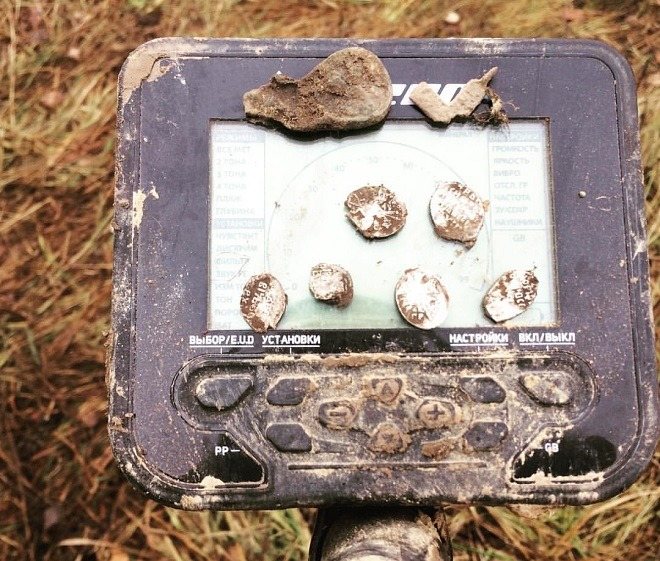
In principle, the already mentioned Rutus Alter 71 and Rutus Argo NE can be used as such metal detectors. Fisher F75 SE, Minelab X-terra 505 and 705, and Minelab Safari are also good.
Water
People lose jewelry not only on land or at knee-deep depths. Often their jewelry falls off where a normal person would be “up to his neck.” It is difficult to reach such depths with just a waterproof reel. It's almost impossible. Therefore, there is a separate class of devices - completely waterproof. As a rule, such a metal detector can be lowered into water to a depth of up to three meters - quite enough for both searching with feet on the ground and for snorkeling with a metal detector.
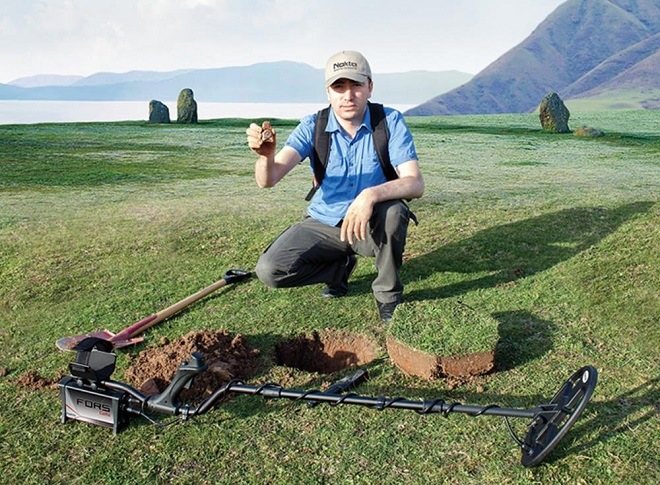
Such devices include, for example, Nokta&Makro Anfibio, the legendary Zozo - Minelab CTX 3030, and simpler models - Nokta&Makro Simplex.
Underwater, the sound of the speaker is basically audible. But not the same as in the air, so underwater they only work with headphones, wired or wireless.
Deep
In this context, deep ones are deep-sea ones, with which you can dive deeper than three meters. As a rule, a deep sea metal detector is more of a large pinpointer, a la the Quest Scuba Tector, although there are exceptions.
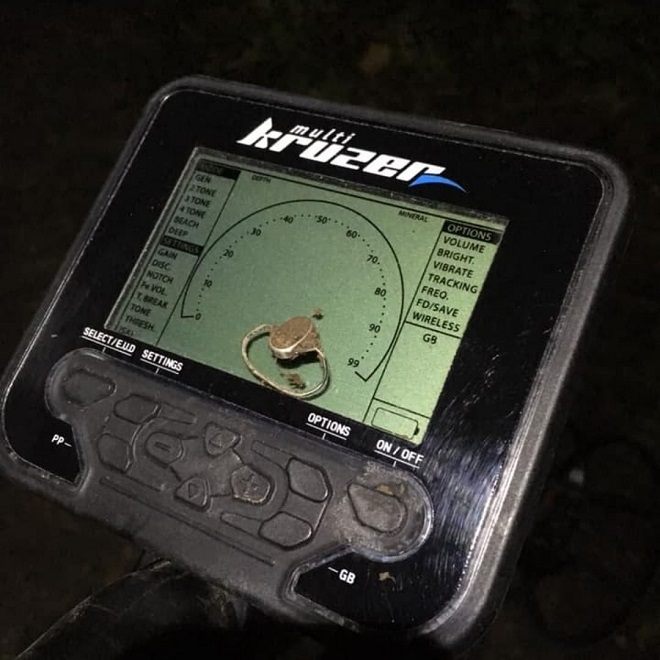
With such metal detectors they search, for example, for the gold of the conquistadors - that is, metal in products and coins.
Let's change the context. There are deep metal detectors that are designed to search for deep metal in the soil. Unfortunately, these are not suitable for searching for small jewelry and small nuggets - they are not designed for searching for small objects. Their specialty is deep-lying massive metal. For example, with these they dig cannonballs from a meter deep. Or they discover dugouts and dugouts by the potbelly stoves remaining in them at a depth of 2 meters or more.
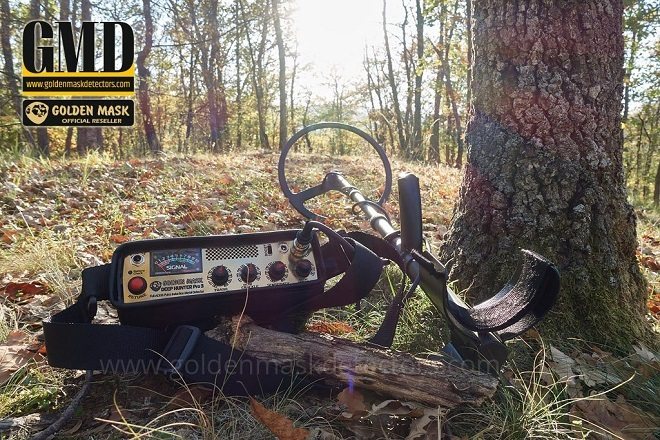
Boot of Cortez.
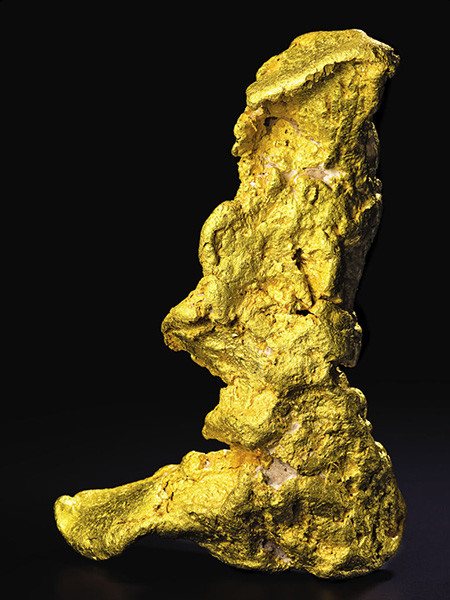
0
In 1989, a local prospector in Señora, Mexico, 70 miles south of Arizona, went to the store and bought an inexpensive metal detector. For several days he wandered around the area, regularly picking up nails and other rubbish, when suddenly one morning he received a strong signal from the detector. After excavations, it turned out that the expensive find was a huge gold nugget from the time of Cortez weighing 389.4 troy ounces, or 26.6 pounds. Experts believe that the name is very suitable for this find, since in appearance it resembles boots from the time of the conquistadors. This amazing nugget was displayed in museums several times until it was sold at auction for $1,553,500.
Requirements for a metal detector for effective gold search
Typically, a metal detector for gold should be able to do the following things:
- Qualitatively share goals. That is, to distinguish gold, which has far from the best conductivity among metals, from iron. On devices with vDI from 0 to 99, gold often has a vDI in the region of 40-45, and ferrous metal - in the region of 30. The more ferrous metal is affected by rust, the more “colored” the signal it gives.
- The size of the object of discrimination. A metal detector for gold must “catch” the smallest grains of metal, that is, there are certain characteristics.
- Depth. The deeper the metal detector goes, the better.
- Detuning from the ground. Gold is often accompanied by other minerals that can provide leads, even false targets. To cut off such alarms, the ground balance is adjusted manually or automatically.
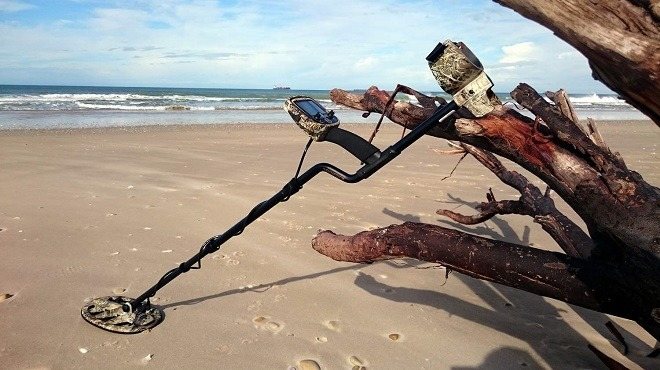
Criteria for choosing a metal detector for gold searching
The requirements are described, the criteria for choosing a metal detector for coins and gold directly follow from the requirements. We will not repeat ourselves, we will simply decipher how to determine whether a metal detector meets a particular requirement or not.
Division and discrimination
We watch the candidate's tests on YouTube. In Russian they usually write “separation test”, and English-speaking users call such a test “nail test” or “board test”. Because they place an ordinary iron nail next to or on top of the coin. And so that objects do not move, they are secured with dielectric fasteners on the board.
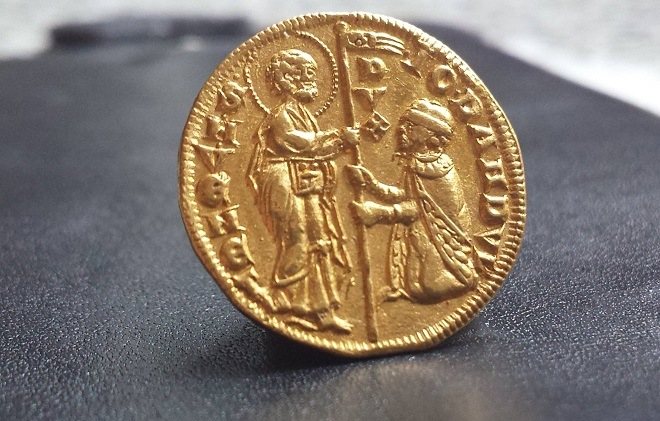
And discrimination and filters - read the description. The thinner the discrimination scale is cut into, the more accurately you can cut off unwanted targets, and the fewer extra holes you have to dig.
The size of the object of discrimination
In short, the shorter the wavelength, the smaller the metal detector will respond to objects. And the wavelength is directly dependent on the frequency - the higher the frequency, the shorter the wave.
The minimum frequency for a gold metal detector is 14 KHz. With less frequency, the likelihood of detecting small objects is greatly reduced.
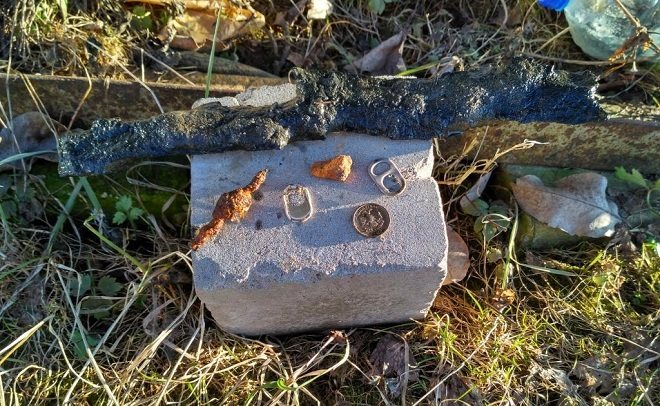
Depth
We read manufacturers' descriptions, tests, articles, watch videos - how this or that device reacts to fine gold. The only question is that many testers do not bother with special MD settings and work “by default”.
Ground Balance
In English this is usually called "ground balance". We read the description, it says everything - either it is not there, or it is manual, or automatic. The best thing you can come up with is when there is an automatic one with the possibility of manual adjustment.
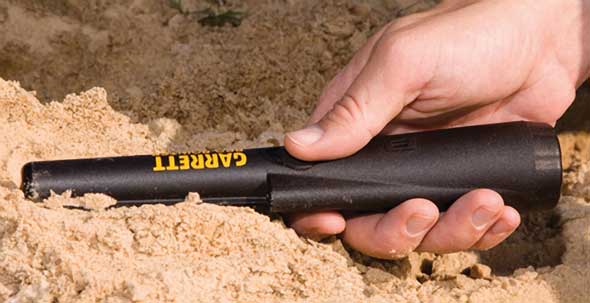
Treasure from Buckinghamshire.

0
The £1 million discovery came as a surprise to unemployed father-of-two Paul Coleman. An amateur treasure hunter has uncovered one of the largest hoards of Anglo-Saxon coins ever found in Britain. The most interesting thing is that the discovery was truly accidental - Paul did not have enough money for gasoline, and the trip was almost postponed. Having persuaded his son and a friend to join him to share the cost of gasoline, he and the whole company set off for the excavations at Lenborough. Coleman later stated: "We weren't going to go into the dig because Christmas was coming and we were being very frugal with our budget." A total of 5,251 coins were discovered from the reigns of Aethelred the Unreasonable and Cnut. The coins were in a lead container, almost all in excellent condition.
Price categories of metal detectors
Several factors come into play when it comes to pricing:
- originality of the model - it was made specifically for gold or obtained by increasing the frequency of an existing one;
- marketing - you can hang a “golden” badge on the most ordinary ground metal detector;
- manufacturer's reputation;
- completeness.
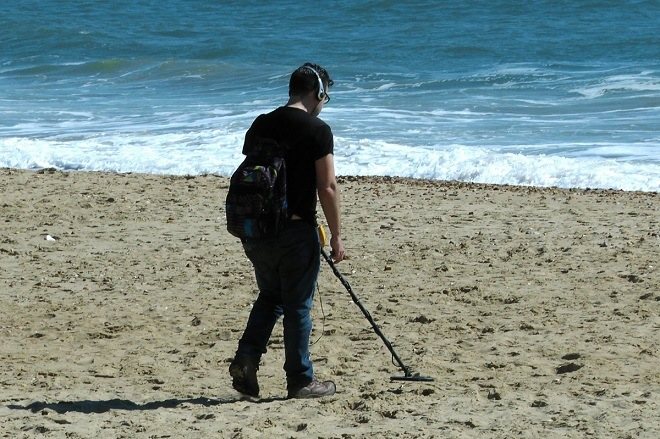
Experts distinguish the following price categories for metal detectors:
- Up to 10,000 rubles. As a rule, such metal detectors are not suitable for searching for gold at all.
- Up to 15,000. Very rare models give any decent results. Moreover, there are no high-frequency devices in the range.
- Up to 30,000. You can look for something worthy in this segment, but it’s better to move on to the next one.
- Up to 60,000. In this price range there are already many noteworthy models that meet the requirements for gold metal detectors.
- Over 60,000. There are decent devices. And even very worthy specialized devices.
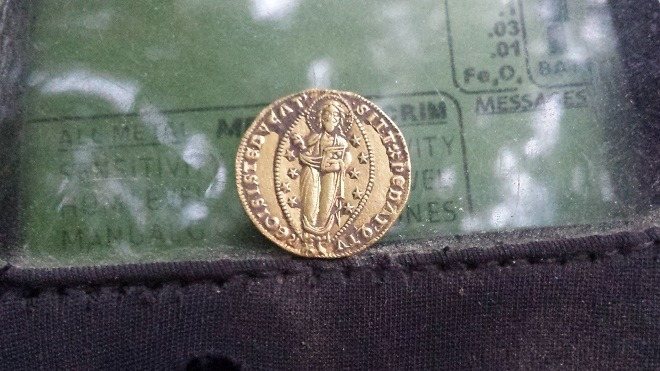
If searching for gold and coins is a profession, then, of course, it is better to watch segments 4 and 5. Segments 3 and 4 are suitable for amateurs. The first two segments are more likely for fans. To search sporadically, for fun. Or for a targeted search for scrap metal with the aim of selling it.
Comparison of popular metal detector models
When searching for gold, coins, military relics, antiquities, the main tool is not a shovel, not a special one, but the best metal detector for gold. And the head of a treasure hunter. You can look until you're blue in the face for coin trays in a field where no one has ever set foot, only a tractor has passed by twice - once to plow, and once to mow.
You can buy a sophisticated e-trac, and, without understanding the settings, miss the finds that a thinking digger with an x-terra 505 and a standard DD-coil will pick up for you. Despite the fact that, in theory, a grater is generally not suitable for gold.
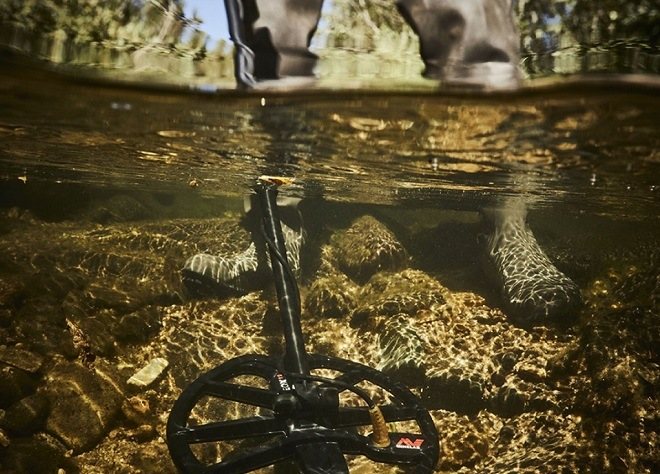
Let's leave the lyrics alone, let's move on to popular models that have the word “Gold” in the name. These are, for example, Garrett AT Gold, Makro Kruzer, which also has a modification for gold, Nokta Gold Finder, Fisher Bug DP.
These are devices with different prices and different frequencies, but they are all characterized by excellent separation, high sensitivity to small targets, and fairly high operating frequencies - from 18 and 19 kHz for Garrett and Fischer to 56 and 61 kHz for Turkish athletes.
The Golden Kruzak is also waterproof up to 5 meters.
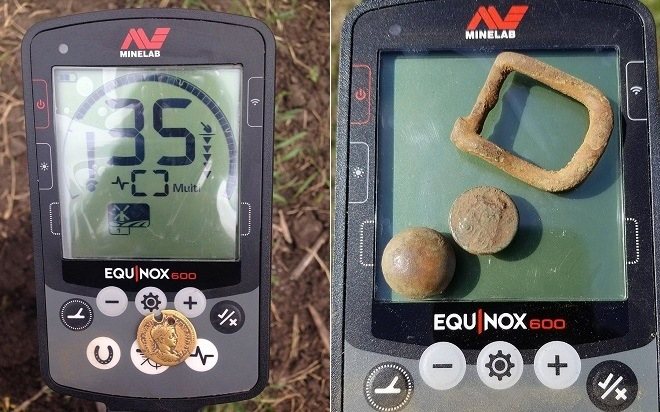
In theory, the Garrett ATX should rule everyone, unless you don’t mind paying 150,000 rubles for it. It operates on a PI circuit and, perhaps, will be more effective than universal VLF devices.
There is also XP Gold Maxx Power for almost half a million. But the VLF circuit and the operating frequency of 18 KHz seem to hint that there are considerable show-offs behind such a price.
The editors are fully aware that building ratings is a futile task. Finding gold is perhaps the highest treasure hunting skill. Therefore, an understanding person will choose the best metal detector for gold for himself, without being guided by the opinions of others.
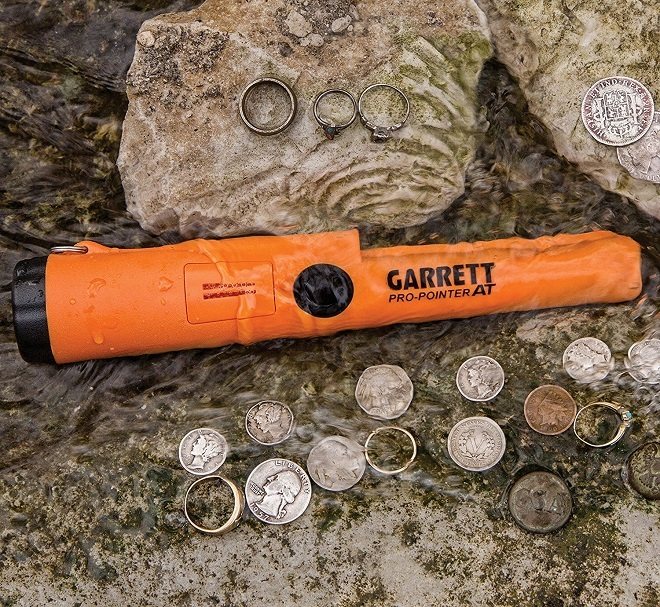
How to use a metal detector correctly
First of all - and not later, as Russian people like to do - read the instructions. Not only will she tell you, she will save you. For example, from turning on a metal detector in an apartment stuffed with metal and its immediate failure due to overload.
Equipment setup
We believe that we have decided on the model of a metal detector for gold and have chosen, for example, Minelab Safari or Fisher F75 SE.
First of all, we deal with ground detuning. If necessary, we pump it out. If not, turn on the machine.
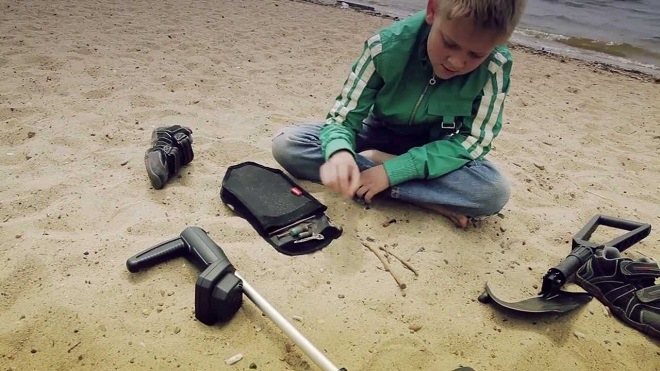
The next step is to adjust the sensitivity - to the maximum, but so that there are no false positives. Or almost none.
Next we set up discrimination. We exclude ferrous metal. If we want only and exclusively gold, we can cut out segments to the right, except for the right one - it always works.
If the metal detector has a thrash hold - a threshold sound - be sure to set it up too. Often a small thing does not give a clear signal, but only interrupts the trash hold - such an interruption will tell an experienced treasure hunter more than a loudspeaker screaming at the top of his lungs to a beginner.
By the way, if we consider universal solutions, then Polish new products immediately come to mind - Rutus Argo NE and Rutus Alter 71. This is where the work with thrashhold is done perfectly.
Where to start looking for gold
If the Klondike is unattainable and you don’t even really want to go to Kolyma, a treasure hunter can try his hand at searching for gold in crowded places in nature.
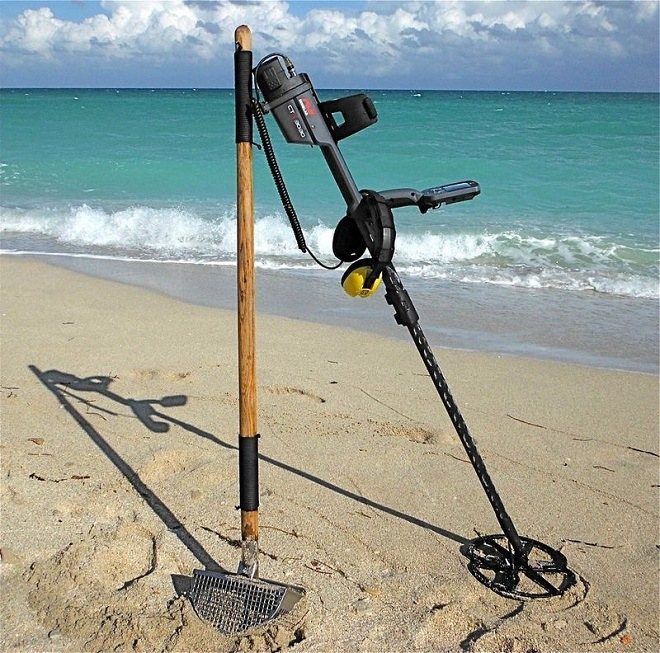
On public beaches
The site has material on how to properly look for jewelry on the beaches. Let's not repeat ourselves, just note that people are strange - why not leave the jewelry at home or in a hotel?
Beach Cop with Metal Detector.
Let us remind you that not all beaches allow you to walk like this, casually waving a metal detector. We read the article and prepare for the legal aspects.
Watch the video of the channel Search for Gold - Aleksey Schwarz. This is the kind of gold jewelry you come across on the beaches.
Searching with a metal detector according to the law in Russia
To search for treasures, first of all, you need to study the legislation of the Russian Federation. You need to know and understand what is possible and what is not, and how to behave during the search, so that later there are no problems with the authorities. According to the legislation of the Russian Federation, a person who finds a treasure (if it includes cultural values) must give it to the state. There is a certain procedure for dividing the treasure between the finder and the owner of the house or plot of land on which the treasure was found. If you find a lost item, you need to contact the police and write a statement. If after 6 months the owner has not been found, then it becomes the property of the one who found it. We should also not forget about the inviolability of the home. Therefore, before entering any building, you need to obtain (preferably written) consent from its owner.
Attention
According to the new law, liability is introduced for searching and extracting treasure with a metal detector if there is no permission and damage has been caused to the cultural layer.
But if we analyze the new law, we can draw the following conclusions:
- There is no specifically stated ban on metal detectors; their transportation, carrying and storage are not prohibited.
- A very vague understanding of what a “cultural layer” is.
- If you are searching in places that archaeologists have ignored, have the written consent of the owner of the site or house, and do not enter into conflicts with people, then you should not have any problems.


